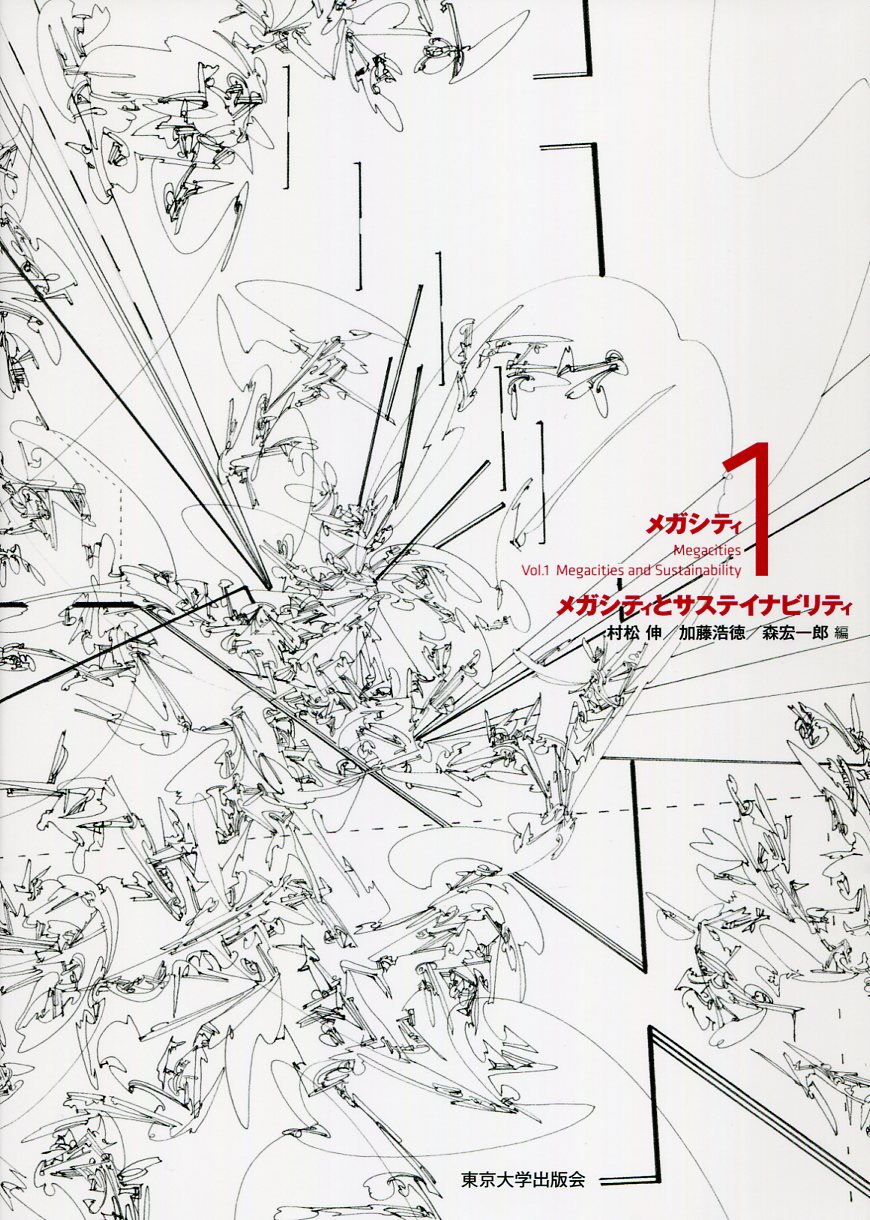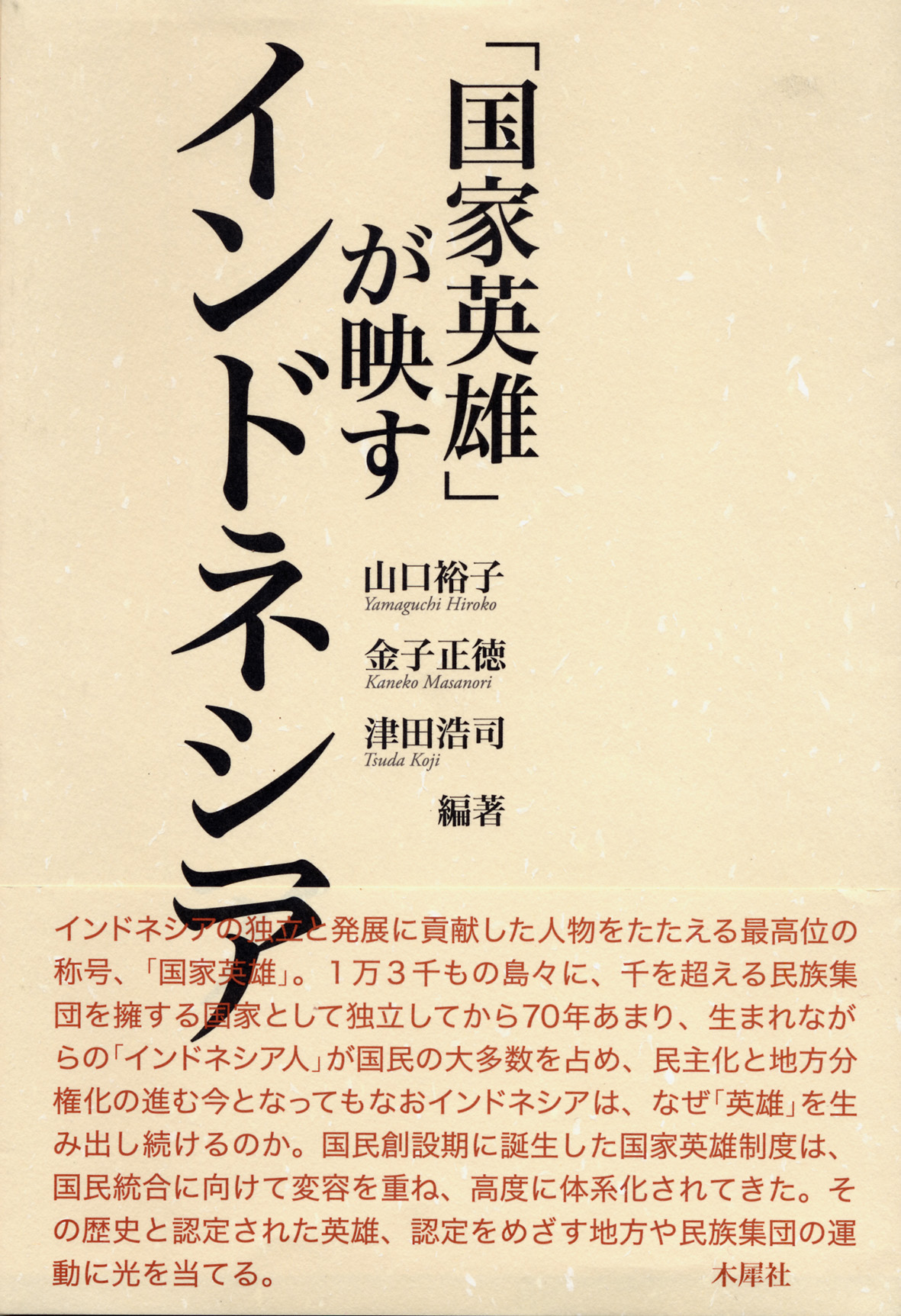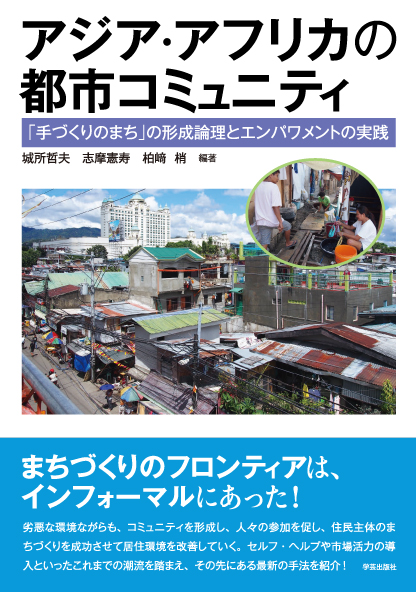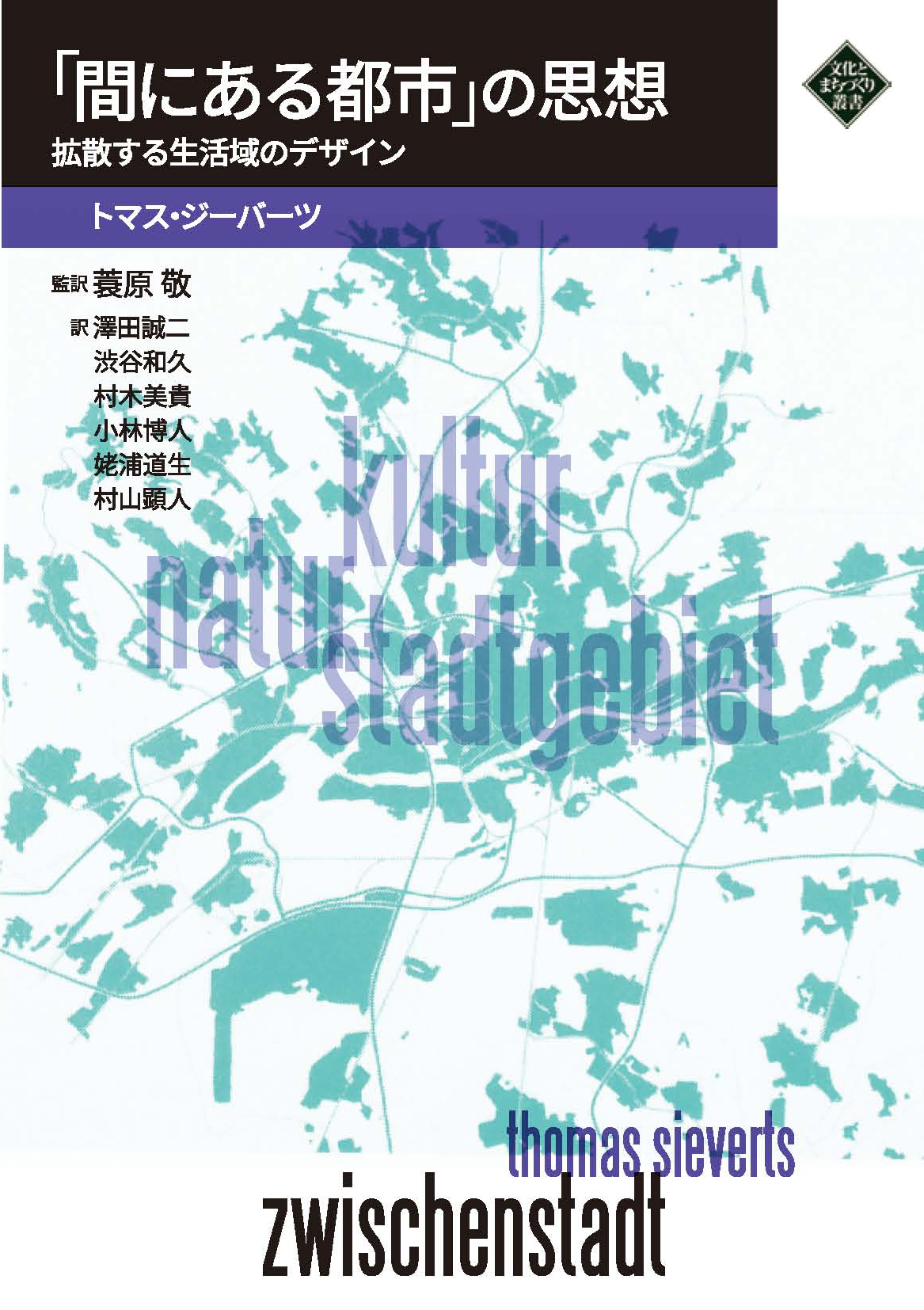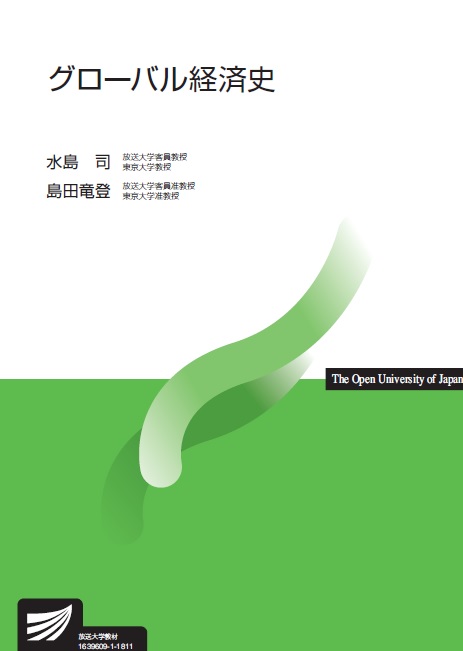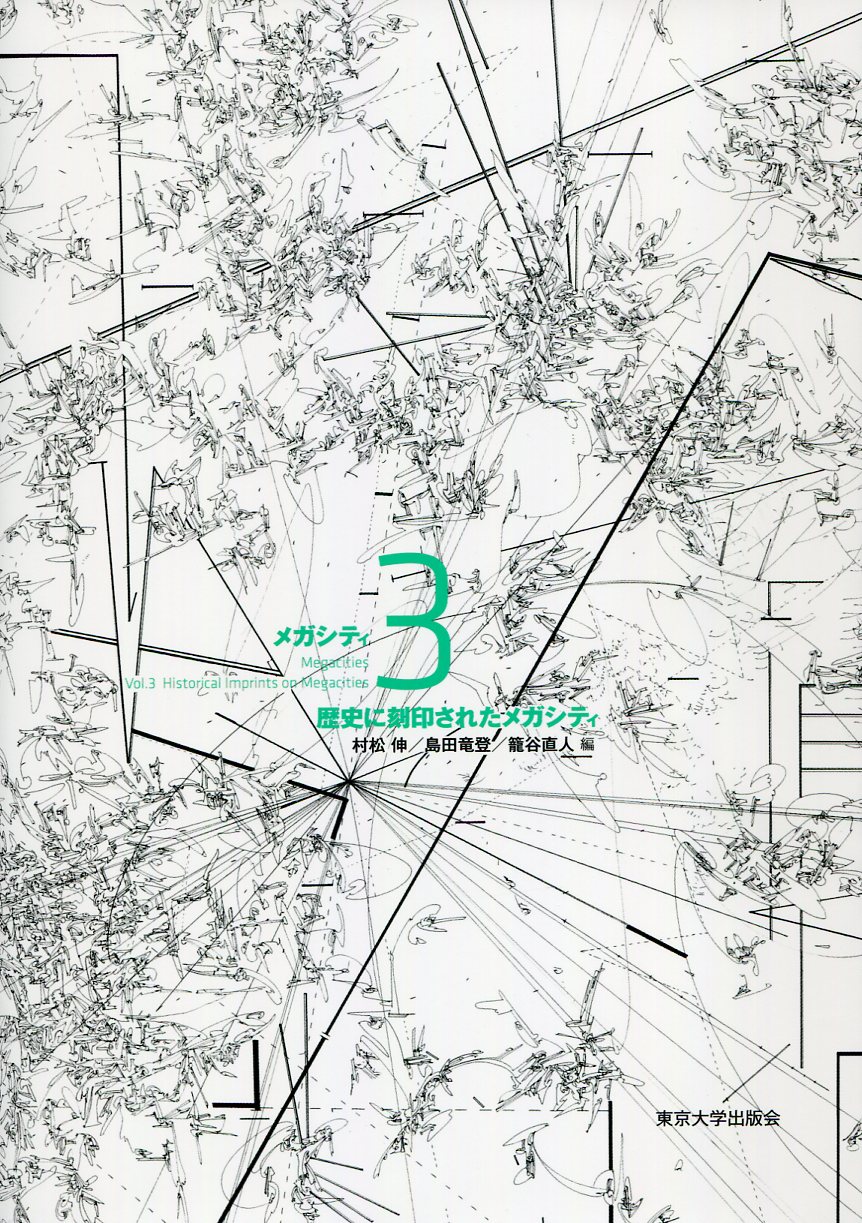
Title
Megacities 3 Rekishi ni Kokuin Sareta Megacities (Megacities marked by history)
Size
272 pages, A5 format
Language
Japanese
Released
August 23, 2016
ISBN
978-4-13-065153-0
Published by
University of Tokyo Press
Book Info
See Book Availability at Library
Japanese Page
Historians are always looking backwards and studying the past. History may not necessarily be useful in reviving cities; so what is history for in the first place?
This book represents the results of research from a project of the Research Institute for Humanity and Nature in Kyoto, “The Impact of Megacities on the Global Environment: Proposal of an Urban Area Model to Elucidate the Mechanisms Thereof and Future Possibilities.” In this volume, the third of the total six volumes, we analyze the history of urban development in Jakarta, particularly in terms of the natural environment and similar factors.
In 2010, with the tropical megacity of Jakarta as its subject, this project began in earnest in order to make cities more livable and friendlier to the global environment. The project leader was Professor Shin Muramatsu of the Institute of Industrial Science (IIS), the University of Tokyo. I was in charge of historical analysis for this project.
Jakarta has its history as an early modern colonial city. The city was called Batavia when it was governed by its Dutch founders from the 17th century to the mid-20th century. It is currently the capital city of Indonesia and has a massive population. The Dutch East India Company did not take control of this land in the 17th century as a result of its strong army. At the time, the land was not very suitable in terms of the natural environment, and local people did not care for it very much. It was poor in drainage, with flooding occurring every year. Anyone who has visited Jakarta might know this. Everywhere there is persistent congestion, rainy season flooding, and mountains of trash scattered about. Naturally, the rivers give off a terrible stench. Ask anyone living in Jakarta; most do not like the city. So, if people do not like Jakarta, why must they live there?
What is the key to reviving this disliked city, and how might history play a role in doing so? Analyzing the history of the city, we see that Jakarta is a place of multi-ethnic symbiosis, a city marked by peaceful coexistence. Various forms of wisdom have been applied to the peculiar environmental problems of tropical cities, which has resulted in further developments in such wisdom. While engaged in research for this project, I observed that identifying the varied wisdom Jakarta has acquired throughout history might provide a clue to improving this truly original city. The aim of this book is to serve as an aggregate of this wisdom.
If you have the opportunity to get a hold of this book, I would most like you to read the roundtable discussion minutes at the end. To call it an integration of arts and sciences would be sufficient, but really it is simply a continuation of the hardships that immediately followed the beginning of the project. Awareness of problems and research methods differ in each field, as do greetings and e-mail etiquette. Because the project involved international joint research, dilemmas seemed to inflate several times over. We created group-specific research teams within the project, but held core member meetings every month for group cooperation. Debates reached the point of exchanging blows, and sometimes after meetings that only involved the Japanese literature members, heated complaints would be exchanged at a nearby soba restaurant. For a while after the project had ended and this book was published, when I re-read the minutes, I would nostalgically recall the excitement in the room.
(Written by Ryuto Shimada, Associate Professor, Graduate School of Humanities and Sociology / 2018)



 Find a book
Find a book


